The grand irony of this complaint is that the six-foot rule that the union prefers … wasn’t based on science. Two days ago, former FDA chief Scott Gottlieb took the CDC to task for having relied so heavily on six feet as the baseline for social distancing since the start of the pandemic when there’s never been any hard data to support that. Gottlieb can’t even track the rule’s provenance. His best guess is that the CDC turned to it as a rule of thumb on safe distancing in the early days of COVID when it thought the virus was mainly spread via large droplets, which turned out not to be true. The virus spreads via aerosols, which can linger in the air and travel much further than six feet. So why didn’t we discard the rule long ago? “The agency … doesn’t always identify the underlying science of its recommendations,” Gottlieb lamented. “We don’t know the exact basis for its initial view to stay 6 feet apart.”
Other countries have required three feet of distancing for students instead based on the recommendation of the WHO and have done just fine. Some U.S. schools have been using three feet instead of six feet and the latest study shows no meaningful difference in infection rates between the two. The CDC bowed to common sense last week, finally changing its guidance after a year from six feet of distance to three for younger students provided that community spread locally isn’t very high. But that’s still too soon for the American Federation of Teachers. This morning their president, Randi Weingarten, sent a letter to the CDC and education secretary Miguel Cardona complaining that urban schools may not be able to apply the rule safely, with proper offsetting mitigation measures, and that all of the new money in Biden’s COVID relief bill can’t possibly be spent soon enough to make things safe for teachers in the near term.
Bottom line: They’re never going back.
We appreciate that the body of knowledge regarding the impact of COVID-19 in school environments is expanding, but we are not convinced that the evidence supports changing physical distancing requirements at this time. Our concern is that the cited studies do not identify the baseline mitigation strategies needed to support 3 feet of physical distancing. Moreover, they were not conducted in our nation’s highest-density and least-resourced schools, which have poor ventilation, crowding and other structural challenges.
One thing the studies were clear on is the need for layered mitigation if there is a shift to reduce physical distancing. Now that we have had a chance to review the research, we conclude that any shift from 6 feet to 3 feet must be accompanied by, at a minimum, universal and correct masking; effective ventilation; thorough cleaning of buildings; regular COVID-19 testing of teachers, staff and students; effective contact tracing and quarantine/isolation protocols; and the availability of vaccines to all people in schools who are eligible.
“At a minimum.” As for when teachers might conceivably be back in class, Weingarten wants the feds to extend their time horizon: “Even with the significant investment of American Rescue Plan money, districts lack the human resources and institutional planning ability to make changes like this quickly. Is this something that can be implemented in the fall, or perhaps the summer?” Rest assured, come fall she’ll still be finding excuses. Even though urban schools abroad will be in full swing, as they have been for many months, with only three feet of distance between kids.
There’s simply no risk calculus from the AFT’s standpoint in which the massive developmental disruption done to millions of kids being out of school for months on end will outweigh their members’ interest in avoiding even a slight additional risk of infection. Make all teachers eligible for the vaccine, engage in routine (and unnecessary) deep cleanings of schools, mask everyone, improve ventilation — and they’ll still be complaining that testing isn’t up to snuff or whatever. Meanwhile, the latest numbers from Brown University’s ongoing study of infections in schools were just released and show that schools continue to be *safer* for teachers (and students, of course) than their surrounding communities are. Brown found 23 confirmed COVID cases per 100,000 people in the public at large during the first two weeks of March. Among students, cases were just 14 per 100,000. Among staff, they were 15 per 100,000.
Read that again. Over the first two weeks of this month, school staff were almost as unlikely as kids were to catch the virus.
In fact, if anything, it’s teachers who are bringing the virus in and infecting students, not vice versa. The WSJ had a fascinating story two days ago about lessons on transmission that America’s schools have had to learn the hard way. Among them is the possibility that staff are spreading COVID more than kids are.
Between Dec. 1 and Jan. 22, the CDC found nine clusters of infections in [the Marietta City Schools] district involving 13 teachers and 32 students. In two of the clusters that ended up accounting for half of the cases, Covid-19 was likely first spread from teacher to teacher, and then from teacher to student, the CDC said…
In the case of Marietta, transmission among teachers often occurred during meetings or lunches, the CDC said, and subsequently spread in classrooms. The role teachers may play is one big reason they should be given priority for vaccination, public-health officials say, though they note it is still possible to reopen schools safely without teachers getting vaccinated if other major safety measures are in place. Teachers now have vaccination priority in most states.
In the fall, in-person schooling took place in Marietta four days a week, and on Fridays, students would log in from home for virtual lessons while teachers worked from school. During those Fridays, teachers would often work and eat together, sometimes unmasked, Dr. Rivera said, likely fueling the virus’s spread.
Administrators have also begun to suspect that hybrid learning might be helping to *spread* infection rather than limit it because kids are exposed to more people when they’re splitting their days between two different locations. In any case, if teachers rather than students are “likely the primary transmitters of the virus in grade schools,” as the Journal claims, then the AFT’s objections to the three-foot rule are even lamer than they sound. It’s not the distance between the kids that matters most, at least in elementary schools. It’s the distance between the grown-ups.
Biden’s administration is set to host the National Safe School Reopening Summit tomorrow featuring Jill Biden, Cardona, and CDC chief Rochelle Walensky as part of Team Joe’s subdued effort to get kids back into class. Now that one of the Democrats’ most powerful lobbies has thrown down the gauntlet about the new CDC guidance, we’ll see how aggressively Walensky and Cardona push back. Based on past practices, I’m not optimistic.

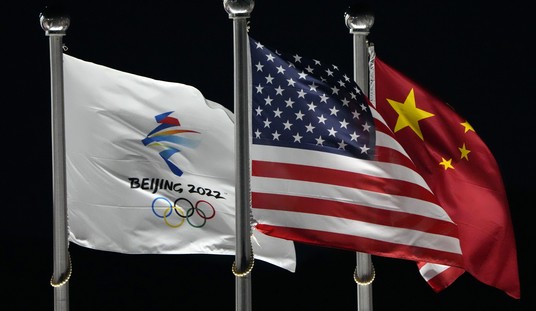

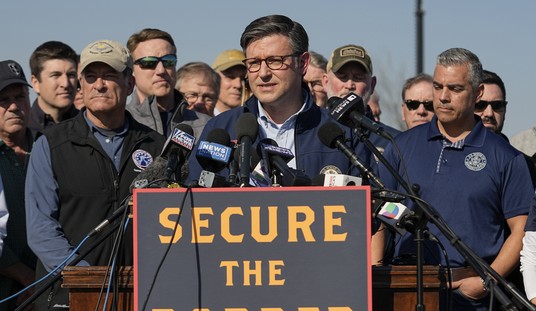

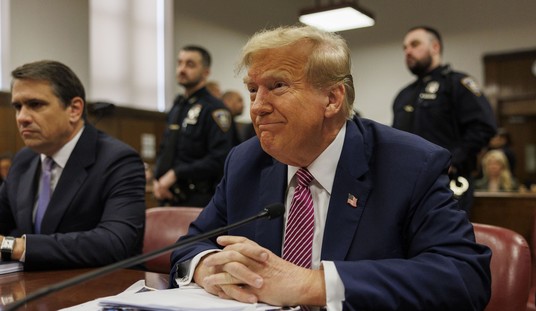
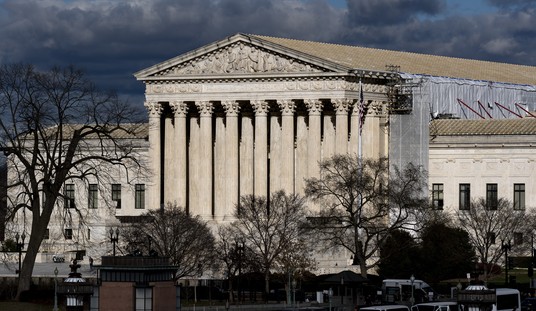
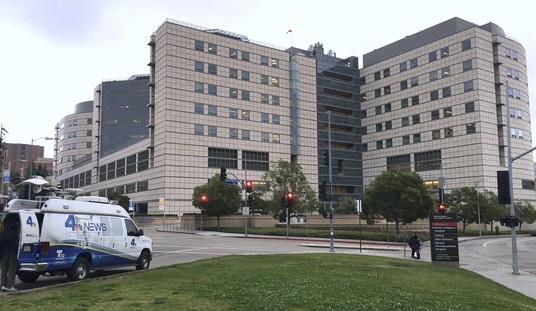
Join the conversation as a VIP Member